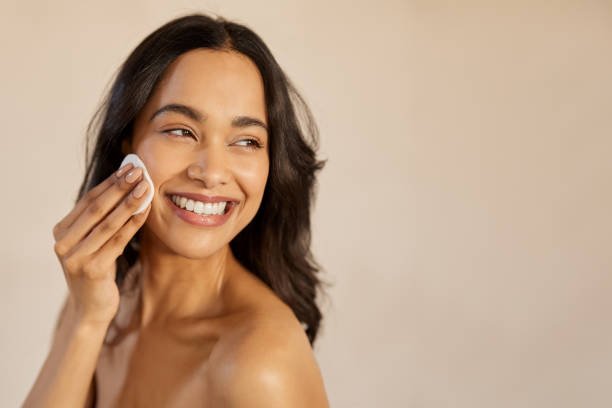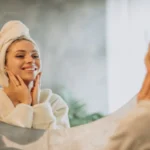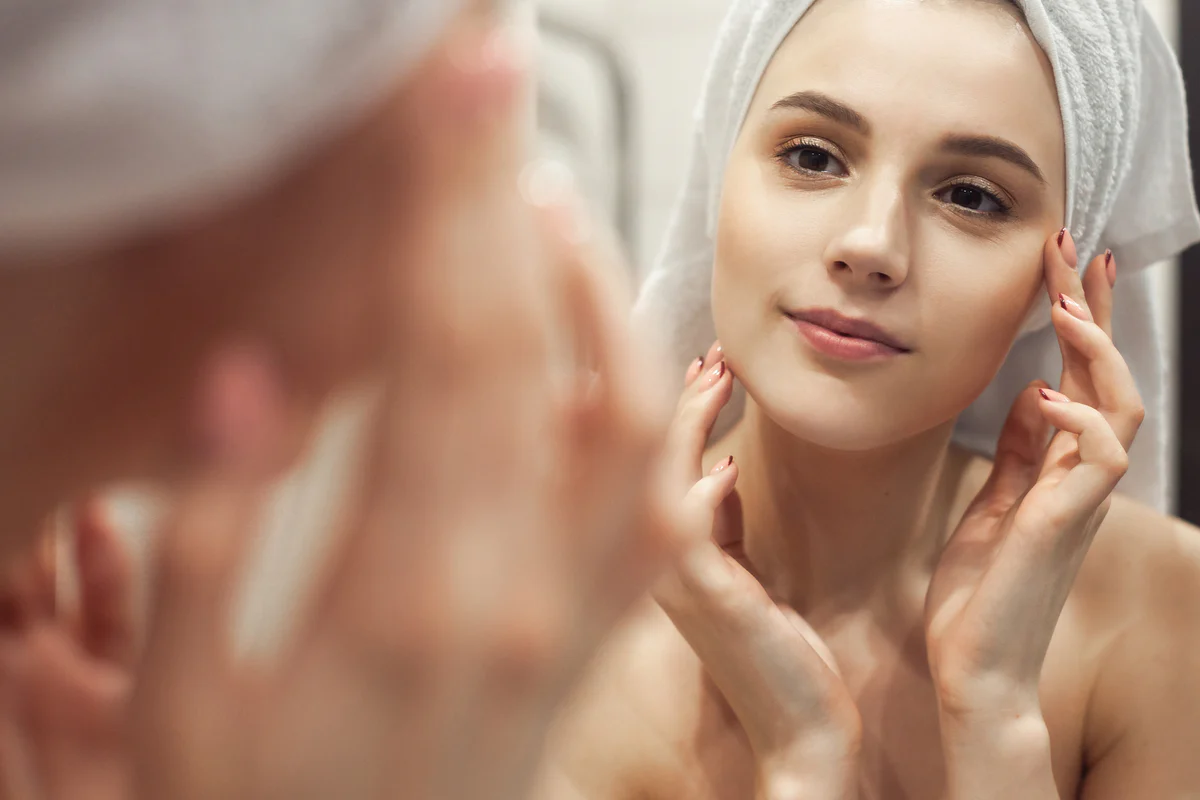In today’s conscious beauty landscape, creating a 100% cruelty-free skincare routine isn’t just a trend—it’s a commitment to compassion. With more consumers demanding ethical products, brands are moving towards animal-friendly testing methods. But navigating the world of skincare while ensuring every product you use aligns with cruelty-free standards can be overwhelming.
In this guide, you’ll discover how to build a comprehensive, ethical skincare regimen without sacrificing results. From identifying authentic cruelty-free brands to understanding essential skincare steps, this guide will help you make informed, compassionate choices.
Understanding Cruelty-Free Skincare
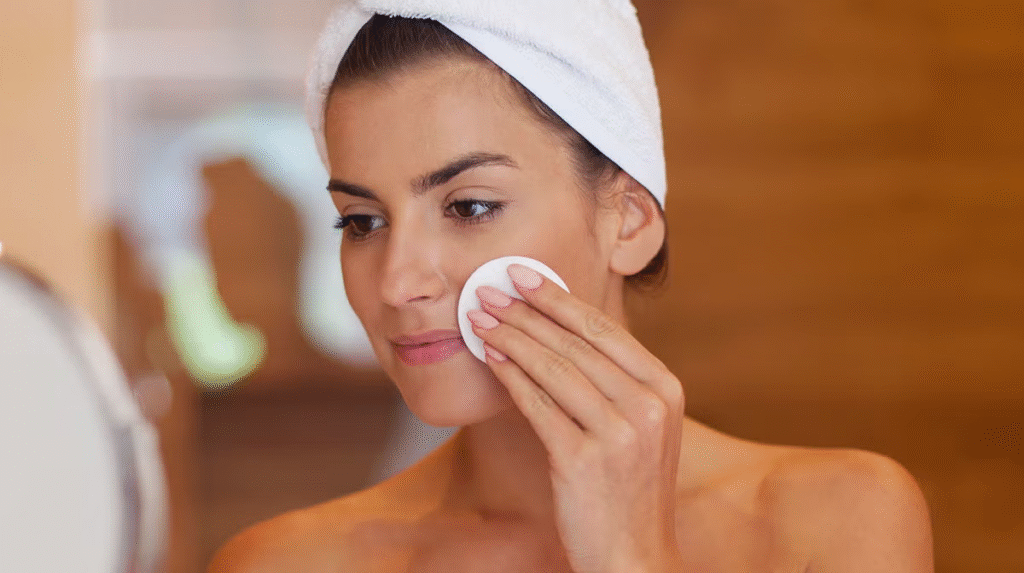
What Does Cruelty-Free Mean?
Cruelty-free skincare refers to products that are developed and manufactured without any form of animal testing at any stage of product development. This commitment extends from ingredient sourcing to final formulation testing.
Difference Between Cruelty-Free and Vegan
While cruelty-free means no animal testing, vegan refers to products that contain no animal-derived ingredients like beeswax, lanolin, or collagen. Products can be cruelty-free but not vegan, and vice versa.
Why Choose Cruelty-Free Skincare?
- Ethical Responsibility: Avoid supporting companies that harm animals.
- Healthier Formulas: Cruelty-free brands often use cleaner, more natural ingredients.
- Environmental Benefits: These brands often follow sustainable production practices.
- Support Positive Change: Your choices drive demand for humane testing methods.
Step-by-Step Guide to Building a 100% Cruelty-Free Skincare Routine
Step 1: Research and Verify Brands
Before purchasing any product, verify if the brand is genuinely cruelty-free. Use trusted resources such as:
- Leaping Bunny
- PETA’s Beauty Without Bunnies Program
- Cruelty-Free Kitty
Look for official certifications or directly contact the brand to inquire about their policies.
Step 2: Choose Cruelty-Free Cleansers
Cleansing is the foundation of your skincare routine. Look for:
- Gentle Gel Cleansers (for oily/combination skin)
- Cream Cleansers (for dry/sensitive skin)
- Oil-Based Cleansers (for double cleansing)
Top cruelty-free cleanser brands: The Ordinary, Youth to the People, Pacifica.
Step 3: Incorporate Cruelty-Free Toners
Toners help balance skin’s pH and prep it for further treatment.
- Hydrating Toners: For dry skin.
- Clarifying Toners: For oily/acne-prone skin.
Popular cruelty-free toners: Paula’s Choice, Derma E.
Step 4: Apply Cruelty-Free Serums
Serums target specific skin concerns:
- Vitamin C Serums: Brightening.
- Hyaluronic Acid Serums: Hydration.
- Niacinamide Serums: Pore reduction and oil control.
Recommended cruelty-free serum brands: The Inkey List, Mad Hippie, Versed.
Step 5: Moisturize with Compassion
Lock in hydration using cruelty-free moisturizers:
- Lightweight Gels: For oily skin.
- Rich Creams: For dry skin.
Brands to explore: First Aid Beauty, e.l.f. Skin, Drunk Elephant.
Step 6: Protect with Sunscreen
Sun protection is crucial, even in cruelty-free skincare:
- SPF 30 or higher recommended.
- Choose broad-spectrum protection.
Top cruelty-free sunscreen brands: Supergoop!, Black Girl Sunscreen, Cocokind.
Optional Add-ons for Your Routine
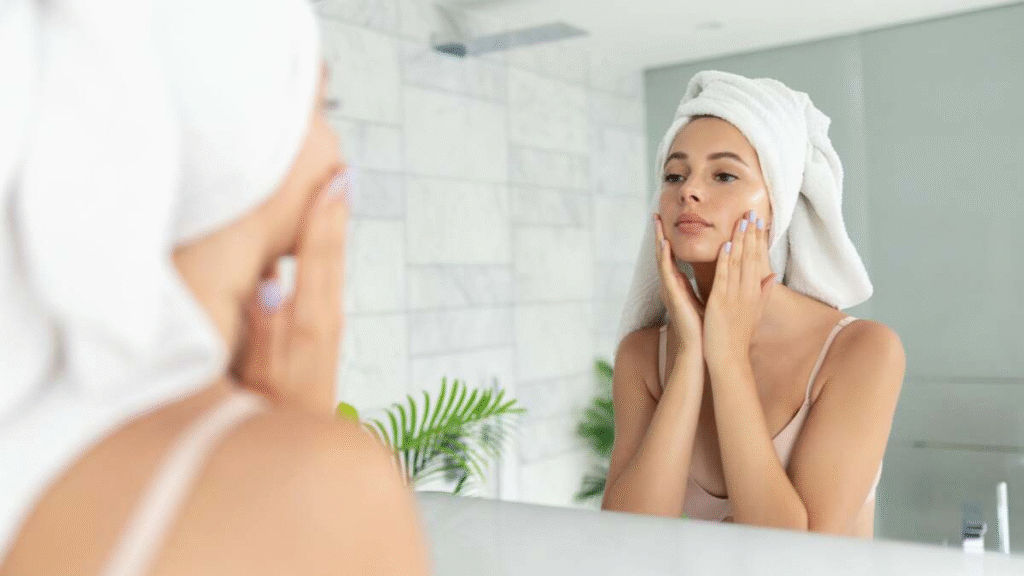
Cruelty-Free Eye Creams
For hydration and anti-aging around delicate eye areas.
Brands to consider: Pacifica, Youth to the People.
Cruelty-Free Exfoliators
Weekly exfoliation promotes cell turnover.
- Physical Scrubs: Use gentle versions.
- Chemical Exfoliants (AHAs/BHAs): Effective for most skin types.
Recommended products: Paula’s Choice BHA Liquid Exfoliant, Herbivore Botanicals.
Cruelty-Free Masks
Pamper yourself weekly with masks targeted for hydration, detoxifying, or brightening.
Popular options: Freeman Beauty, The Body Shop.
Shopping Tips: Avoiding Greenwashing
- Don’t Rely on “Natural” Labels: Not all natural products are cruelty-free.
- Check Parent Companies: Some brands are owned by companies that test on animals.
- Beware of Grey Areas: Products sold in countries requiring animal testing (like mainland China) may not be fully cruelty-free.
Maintaining a 100% Cruelty-Free Routine
- Stay Updated: Brands may change policies, so periodic research is crucial.
- Support Small Ethical Brands: Indie brands often commit more strongly to ethical practices.
- Educate Friends and Family: Encourage loved ones to choose cruelty-free options.
Recommended 100% Cruelty-Free Brands
| Brand | Specialty |
|---|---|
| e.l.f. Cosmetics | Affordable skincare/makeup |
| Youth to the People | Superfood-based skincare |
| The Ordinary | Budget-friendly actives |
| Pacifica | Vegan, cruelty-free beauty |
| Herbivore Botanicals | Natural, luxury skincare |
| Paula’s Choice | Science-driven skincare |
Building a Routine Based on Skin Type

For Dry Skin
- Cream Cleanser
- Hydrating Toner
- Hyaluronic Acid Serum
- Rich Moisturizer
- SPF 50
For Oily/Acne-Prone Skin
- Gel Cleanser
- Clarifying Toner
- Niacinamide Serum
- Lightweight Gel Moisturizer
- Oil-Free Sunscreen
For Combination Skin
- Gentle Cleanser
- Balanced Toner
- Multi-ingredient Serum
- Non-greasy Moisturizer
- Broad-Spectrum Sunscreen
Challenges in Maintaining a Cruelty-Free Routine
- Product Availability: Some brands are hard to find in certain regions.
- Price Points: Ethical products may cost slightly more.
- Misinformation: Not all brands are transparent about their cruelty-free status.
Solution: Prioritize trusted brands and rely on certified resources.
Also Read : Clean Beauty Essentials: Skincare Without The Chemicals
Conclusion
Switching to a 100% cruelty-free skincare routine isn’t just about better skin—it’s about contributing to a kinder world. Every cleanser, serum, and moisturizer you choose can reflect your commitment to animal welfare without compromising your beauty goals.
With increasing awareness and brand transparency, going cruelty-free has never been easier. Empower yourself with knowledge, verify your purchases, and enjoy a skincare journey that’s both ethical and effective.
Frequently Asked Questions
Is cruelty-free skincare more expensive?
Not necessarily. Brands like The Ordinary and e.l.f. Skin offer affordable cruelty-free products without compromising quality.
Can a product be cruelty-free but not vegan?
Yes. A product might avoid animal testing but still contain animal-derived ingredients like honey or beeswax.
Are all natural brands cruelty-free?
No. “Natural” refers to ingredients, not testing policies. Always verify with credible certifications.
Do cruelty-free products work as well as non-cruelty-free products?
Absolutely. Many cruelty-free brands use advanced, science-backed formulas delivering excellent results.
What if a brand claims to be cruelty-free but sells in China?
Mainland China mandates animal testing on imported cosmetics. Brands selling there usually cannot be classified as truly cruelty-free.
Are cruelty-free products safe for sensitive skin?
Yes, but check ingredient lists. Cruelty-free refers to testing methods, not skin compatibility.
Do cruelty-free certifications guarantee ethical sourcing?
No. Certifications guarantee no animal testing but don’t cover labor practices or ingredient sourcing.
Why do some cruelty-free products carry multiple certifications?
Multiple certifications like Leaping Bunny and PETA’s Bunny Logo help reinforce a brand’s commitment and transparency.
Is DIY skincare more cruelty-free?
It depends on the ingredients used. However, making your own products ensures control over ingredient sourcing and testing status.
How often should I check if a brand is still cruelty-free?
At least once every 6-12 months, as policies can change due to mergers or regulatory shifts.

